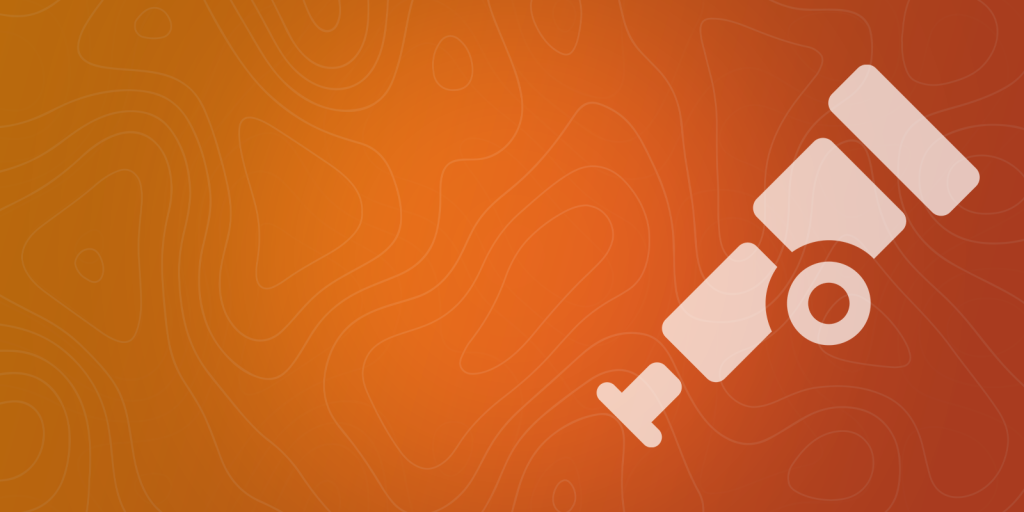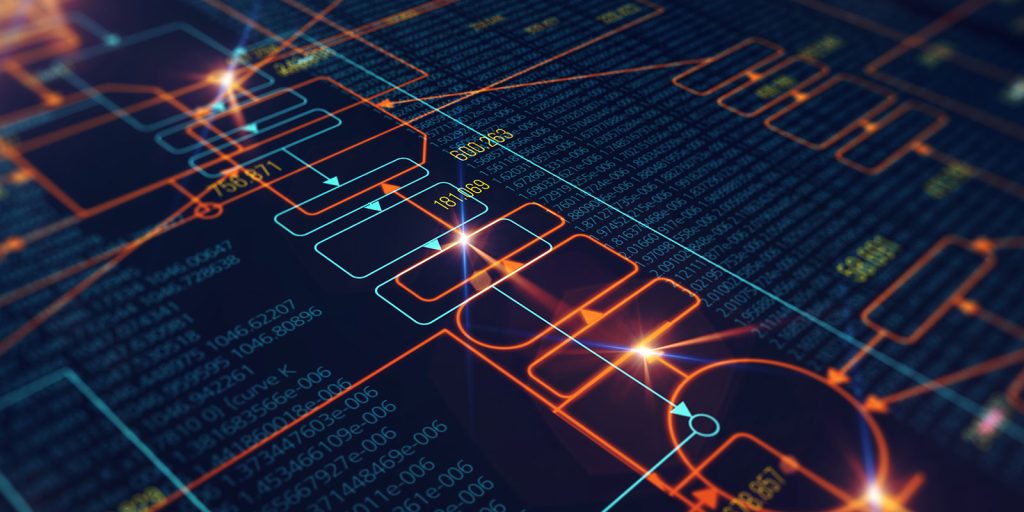As soon as the ITOps technician is ready to grab a cup of coffee, a zing comes along as an alert. Cling after zing, the technician has to respond to so many alerts leading to fatigue. The question is why can’t systems be smart enough to predict bugs and fix them before sending an alert to them. And, imagine what happens when these ITOps personnel have to work with a complex and hybrid cloud of IT systems and applications. They will dive into alert fatigue.
The emerging architecture specific to microservices is built with the purpose:
- To support business capability
- Automated deployment of apps as services,
- Intelligence in the endpoints, and
- Decentralized control of languages and data.
Microservices for any application are so closely interlinked to each other that it creates a domino effect. A little lag or change to the application affects other services in no time. Every digital native enterprise depends on two elements – data and distributed systems. These have to remain intact for a service to be delivered via an application. The more mature a digital native organization gets, the more distributed systems, and the more data will be.
Mature cloud-native enterprises bring another problem which is fragmented data. This needs to be solved by enabling the creation of cohesive applications. Gartner estimates that the data volumes generated by IT infrastructure are increasing two to three-fold every year.
With all this around, why should humans hold the responsibility for application failures? This takes us back to questioning some fundamental ways in which alerts are configured and addressed.
Here are a few things that need to change in the modern microservices world.
Monitoring methods for alerts in the modern microservices world. At CloudFabrix, we have leveled up the ground to manage alerts over the changing face of microservices.
1. Prep your Logs
To break a centralized and siloed architecture, combine and aggregate logs into one system. Stack and present them such that they were written to a single data source. Considering that microservices will generate voluminous amounts of data, a single view keeps the logs easily searchable. This is the fundamental step to upgrade monitoring methods for modern microservices.
2. Manage distributed networks
Distributed networks and their communication cannot be ignored. It is a well-versed part of any organization. Use a clustered solution that can hold historical data long term, without sacrificing data granularity with aggressive downsampling. Open source and SaaS cloud services make it even more complex. Ensure that the monitoring systems that you are working with have necessary integrations within the large and dynamic ecosystem of third-party platforms to provide complete observability.
3. Manage dynamic log/trace data
As Microservices based applications evolve and change at a rapid pace, the data they generate also change. Considering that the monitoring systems need to detect anomalies even in such situations, they no longer can rely solely on alert generation rules created manually. This is important to make sure that no critical alerts are missed for the new/changed log data.
Intelligence with Robotic Data Automation (RDA)
RDA is designed to handle data automatically and can make the monitoring systems and processes more intelligent to manage alerts. Machine learning algorithms can create new RULES on the go with historical data and existing learning models. It processes both the underlying machine data and alerts to provide recommendations on optimizing the alerting process. RDA can also make the handling of alerts intelligent to reduce human intervention.

Moving towards the modern microservices world
The top four reasons to move away from the old monitoring methods are that:
- More applications are being deployed to the cloud.
- Change cycles are tied together. Every change made to a small part of the application, requires the entire monolith to be rebuilt and deployed.
- It is difficult to keep changes that ought to only affect one module within that module.
- Scaling with the old monitoring methods requires scaling of the entire application rather than parts of it that require greater resources.
The new microservices architectural patterns need care for service discovery, configuration management, load balancing, messaging, etc. You would need data ingestion and integration with third-party systems. AIOps with RDA can help hybrid IT performance and availability monitoring.





